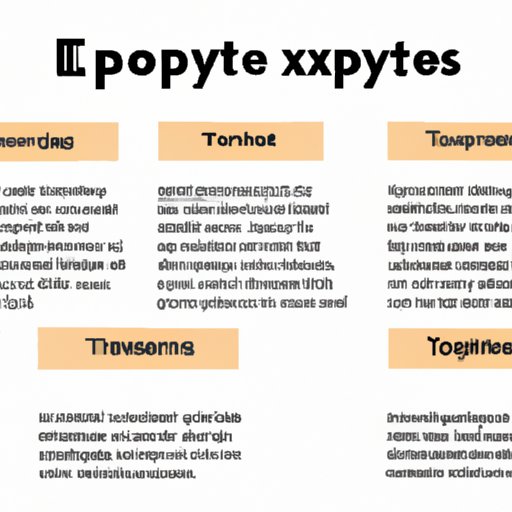Introduction
Expository writing is a type of writing that is used to explain, inform, or describe something. It is a broad genre of writing that can include essays, newspaper and magazine articles, instruction manuals, textbooks, encyclopedia entries, and other forms of writing. The purpose of expository writing is to provide information about a certain topic in an organized and understandable way.
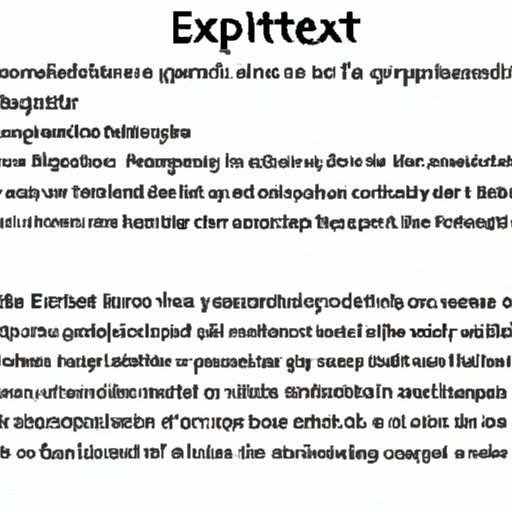
An Overview of Expository Writing and Examples
Expository writing is used to explain ideas, offer facts and opinions, and provide evidence for a point of view. It is written in a clear, concise manner and is often used to present a balanced argument. The goal of expository writing is to present information in a way that is easy to understand and remember. Examples of expository writing include encyclopedia entries, news reports, instruction manuals, and research papers.
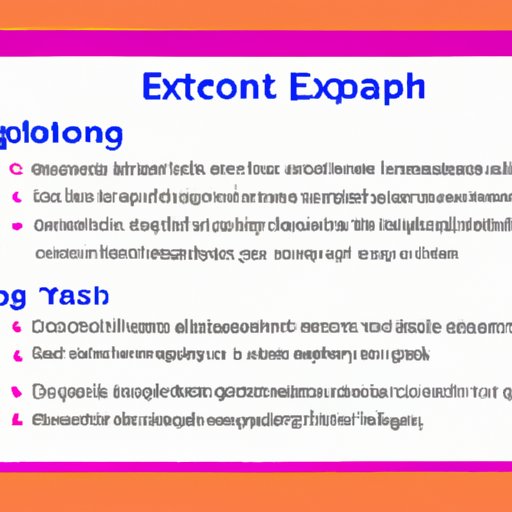
Types of Expository Writing and Examples
Expository writing can be divided into several different types, each with its own purpose and style. The most common types of expository writing are descriptive, compare/contrast, cause/effect, problem/solution, and process. Each type of expository writing uses specific language and formatting to achieve its purpose. For example, descriptive expository writing is used to describe a particular topic in detail, while compare/contrast expository writing is used to compare two or more topics. Cause/effect expository writing is used to explain the causes and effects of a particular situation, while problem/solution expository writing is used to identify and discuss a problem, as well as potential solutions. Process expository writing is used to explain how to do something step-by-step. Examples of each type of expository writing can be found in textbooks, magazines, newspapers, and online.
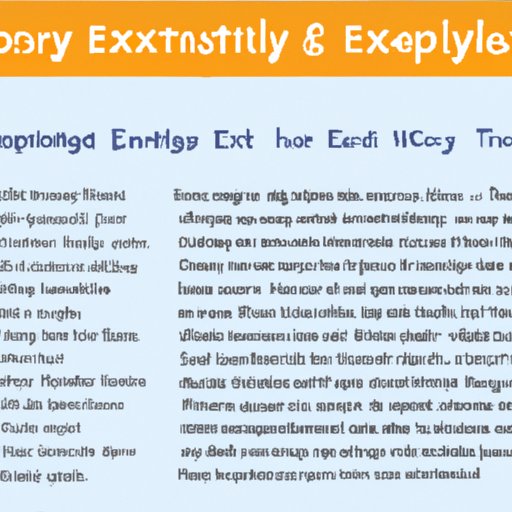
How to Write an Expository Essay and Examples
An expository essay is a type of essay that requires the writer to thoroughly investigate an idea, evaluate evidence, and present an argument on the topic in a clear and concise manner. The structure of an expository essay typically includes an introduction, body paragraphs, and a conclusion. The introduction should provide background information on the topic and introduce the thesis statement. The body paragraphs should each focus on one main idea and provide evidence to support the argument. The conclusion should summarize the main points and provide any final thoughts on the topic. Guidelines for writing an effective expository essay include using strong language, providing evidence to support the argument, and organizing the essay in a logical manner. Examples of an expository essay can be found in textbooks, magazines, newspapers, and online.
Expository Writing Techniques and Examples
Expository writing techniques can help make an essay or article more engaging and interesting. These techniques include the use of rhetorical questions, vivid language, and evidence. Rhetorical questions are questions that cannot be answered directly but instead provoke thought or discussion. Vivid language is descriptive language that evokes emotion and creates a mental image for the reader. Evidence refers to facts, data, or quotes that support an argument. Examples of these techniques in action can be found in essays, articles, and other forms of expository writing.
Expository Writing Tips and Examples
Writing an effective expository essay requires following some basic tips. These tips include being clear and concise, avoiding being too opinionated, and using proper grammar and punctuation. Being clear and concise means using language that is easy to understand and conveying the point in as few words as possible. Avoiding being too opinionated means presenting facts and arguments without expressing personal opinions. Using proper grammar and punctuation ensures that the essay is readable and understandable. Examples of tips for writing expository essays can be found in textbooks, magazines, newspapers, and online.
Common Mistakes in Expository Writing and Examples
When writing an expository essay, it is important to avoid common mistakes. These mistakes include having an unclear thesis statement, making unsupported arguments, and incomplete research. An unclear thesis statement makes it difficult for the reader to understand the main point of the essay. Unsupported arguments are claims made without evidence to back them up. Incomplete research can lead to inaccurate information in the essay. Examples of common mistakes in expository writing can be found in textbooks, magazines, newspapers, and online.
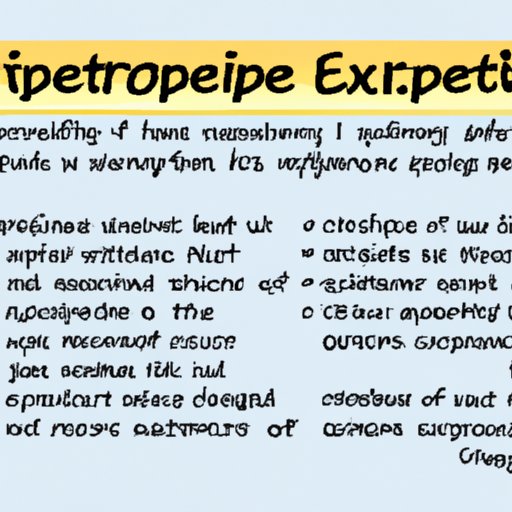
Benefits of Expository Writing and Examples
Expository writing can have many benefits for both the writer and the reader. It can enhance critical thinking skills by requiring the writer to research and analyze a topic. It can also improve communication skills by teaching the writer how to organize and express their thoughts clearly. Expository writing can also enhance understanding of a topic by providing accurate and detailed information. Examples of the benefits of expository writing can be found in textbooks, magazines, newspapers, and online.
Conclusion
In conclusion, expository writing is a type of writing used to explain, inform, or describe something. It can be divided into several different types, each with its own purpose and style. Writing an expository essay requires following some basic tips and avoiding common mistakes. Expository writing can have many benefits for both the writer and the reader, such as enhancing critical thinking skills, improving communication skills, and increasing understanding of a topic. Understanding what expository writing is and how to write it effectively can help writers create engaging and informative pieces.
(Note: Is this article not meeting your expectations? Do you have knowledge or insights to share? Unlock new opportunities and expand your reach by joining our authors team. Click Registration to join us and share your expertise with our readers.)
